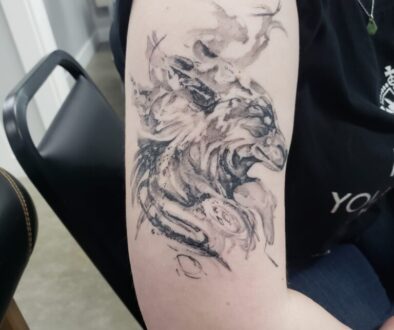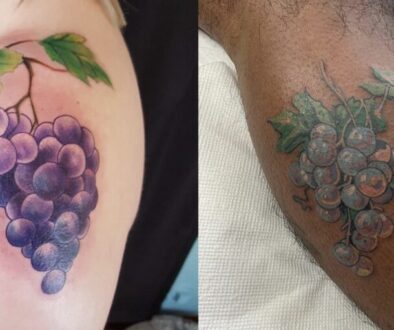What Is Quality Control, and Why You Should Check Your Tattoo Needles?
|
Listen to this Article::
|
Every tatto that is made (by machine or hand) has to go through a process called Quality Control (QC). During QC, a person or machine inspects the product created to ensure they are of sufficient quality (they are pointy), manufactured correctly (not backwards… which does happen), and operate the way that they should (for cartridges only – this includes a couple depressions to see if the unit’s plunger moves effectively).
If any needles that have been made don’t meet the standards of that QC person, or the companies defined standards if they use a machine, the failed products get recycled to be built again, or tossed in the rubbish bin.

Table of Contents
What Is A Lot, And How Does That Affect My Tattoo Needle Quality?
When needles are manufactured on a line, they don’t really check every single bar or cartridge that passes. What they do is utilize statistics to define how many can “skip QC” before having to test again. This is called creating a “batch” or a “lot”, w are a whole bunch of needles that haven’t gone through QC but only the first and last are tested.
If the first and last of the “batch or “lot” are of relatively equal quality, they release everything as a lot, assuming that everything that passed in between is also of the same quality. This may be more efficient, but there can be issues with QC, because sometimes things go wrong and a needle gets bumped (so it’s not pointy), gets put on backwards, or doesn’t perform well when tested.
How can Tattoo Needles Make It Through Quality Control?
So, let’s say you end up having a QC error threshold rate of 10,000 needles. That means lot 9,998 needles aren’t going to be ins in a lotpected, while 2 are – the first and last that pass through that lot.
While the first and last of the lot may be fine, what about the rest?! Well, those get sent out and may just end up being used in the skin.
What if the lot value was 100,000, or 1,000,000!?
What About Grades of Tattoo Needles?
Or, think about needle sharpness. When needle heads are ground down and polished (or not polished – as in textured needles), they come out of the machine at blazing fast speed! Each needle cannot be inspected for quality, so batches are created that assume how good the quality is.
As the process starts, and the grinding machine has a new grinding mechanism attached, the first batches of needles are graded. As the machine continues to create needles, the machine gets worn down and is less efficient, creating lower-quality goods. Each graded batch (From “S” or “AAA”) slowly degrades down to an “F” rating. Once this occurs, the machine is refitted with a new grinding mechanism, and the process starts over.
Do you get my drift? Hopefully that explains what happens with manufacturing and why qualitally important when choosing a pr andll as inspecting it.

How Do You Check The Quality Of Your Tattoo Needles?
First, do a Mohs Hardness Test, then do an eye loop check of each needle you plan on using.
To do a test, you need first to purchase a set of “Hardness Pick Testers” (we don’t have links for this. Use a search engine to find out more).
- Take a fresh, unopened needle out of a newly purchased box.
- Open the package and lay the neflat or cartridgee out on top of a dental bib or cleaned surface.
- Carefully depress the plunger (for a cartridge), or take hold of the needle bar.
- At the ends of the needle grouping, use one of the picks you purchased to “scrape” the nee are attached to the bar/cartridge.
- Move upwards in number, using each testing pick, until you can see a mark in the metal.
- Once you have your number, you can safely assume the grade of metal you are using.
Now that you have your metal grade check the quality by using your jeweler’s loop . Open the Jeweler’s loop and look at the needle ends to ensure the needle grouping is facing the correct way, isn’t bent, and looks viable with no flat spots.
Why Should I Use a Jeweler’s Loop to Check My Setup Before Every Tattoo?
If you don’t use a jeweler’s loop to check your needles before using them on someone’s skin, or to check them after you make them at the workbench, bad things can happen, like tattooing with a burred needle (a bent tip).
Oh… a burr can also happen if you “deep dip” without turning off your machine, or if you deep dip with overhang! But we can talk about that in another article!
If you tattoo with a burr, it will chew up the skin and rarely put any pigment actually into the skin. The wound you have just created takes longer to heal, ages more rapidly, and is prone to scarring.




